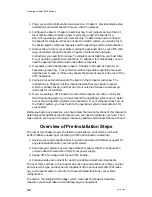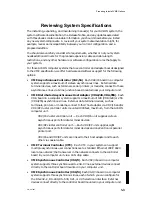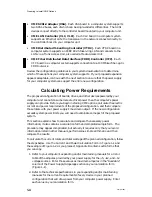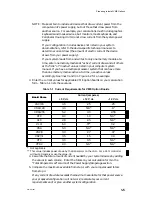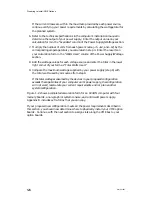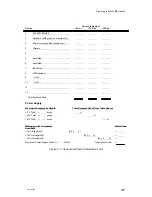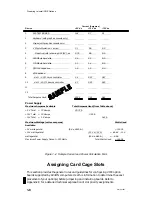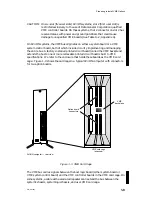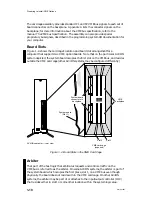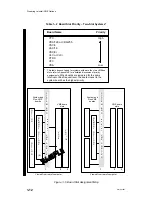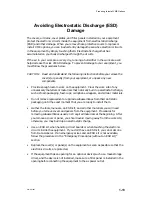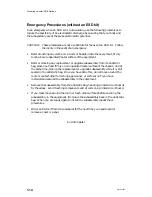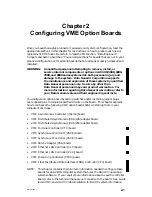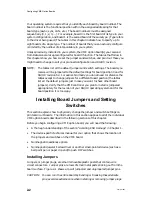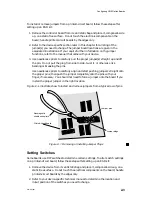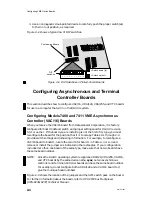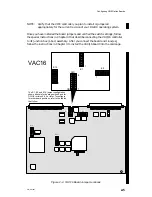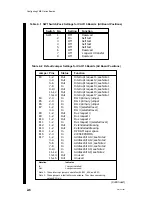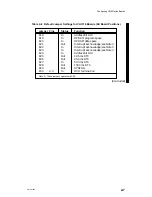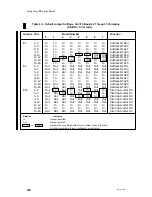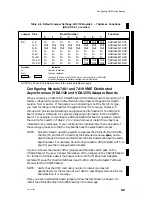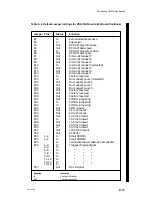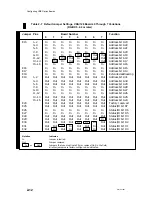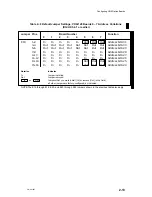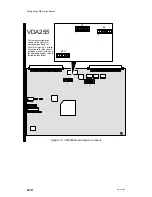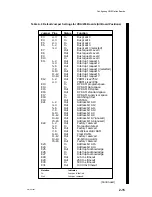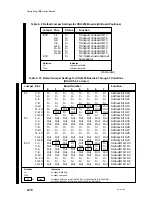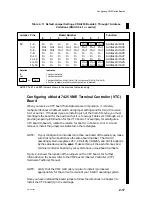
Configuring VME Option Boards
2-2
014–001867
Your operating system requires that you identify each board by board number. The
board number is the functional position within the assigned addressing for that
board type (async, sync, LAN, etc.). The board numbers must be assigned
sequentially (0, 1, 2, 3, ... ). For example, board 0 is the first board of its type in your
system configuration, and board 1 is the second board of the same type. (Type refers
to the driver being used.) The tables in this chapter indicate how to specify up to
eight boards of a single type. The number of boards that you can actually configure
is limited by the number of slots available in your system.
Unless previously installed in your system, the VME option board(s) you received
from Data General are preconfigured for board 0 function. The tables that follow in
this chapter show you how we set the jumpers and switches, and point out those you
might need to change to suit your planned configuration and DG/UX revision.
NOTE:
The tables list all the default jumpers and switch settings. The boards you
receive will be jumpered to the default settings for board position 0 and for
DG/UX revision 5.4.1 or earlier. Normally you do not need to reference the
tables except to change jumpers for a different board position (the tables
list all the default jumpers just in case you want to check other board
jumpers). Verify that the VME controller you plan to install is jumpered
appropriately for the revision of your DG/UX operating system and for the
board position it is to occupy.
Installing Board Jumpers and Setting
Switches
This section explains how to physically change the jumper and switch settings on
printed-circuit boards. The information in this section applies to all of the individual
VME option boards described in the following sections of this chapter.
Before you begin configuring a VME option board, you will need the following:
•
A thorough understanding of the section “Avoiding ESD Damage” in Chapter 1.
•
The device-specific technical manual for your option that shows the location of
the jumpers and switches on the VME board.
•
Nonmagnetic needlenose pliers.
•
Nonmagnetic jeweler’s screwdriver or another small-pointed device (such as a
ball point pen or paper clip end) to push DIP switches.
Installing Jumpers
Jumpers, or jumper plugs, are small removable plastic posts that contain wire
circuit connectors. Jumper pins are rows of small metal posts sticking out from the
board surface. Figure 2–1 shows a row of jumpered and unjumpered jumper pins.
CAUTION: You can ruin the entire board by bending or breaking these delicate
pins; excercise extreme care when installing or removing jumper plugs.
Summary of Contents for AViiON 5000 Series
Page 2: ......
Page 6: ......
Page 12: ...Preface x 014 001867 ...
Page 86: ...Configuring VME Option Boards 2 52 014 001867 ...
Page 144: ...Connecting External Devices to VME Option Boards 4 44 014 001867 ...
Page 150: ...VME Backplane Connector Signals and Power Distribution A 6 014 001867 ...
Page 196: ...Assigning VME Data Bus and Interrupt Priorities E 10 014 001867 ...
Page 206: ......
Page 210: ...Appendix Title ...

